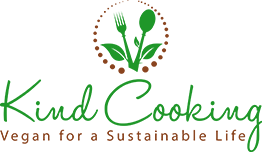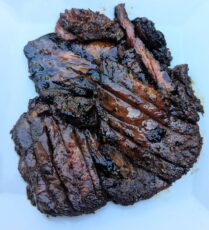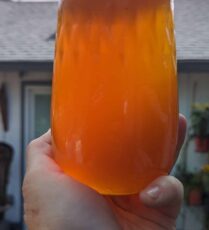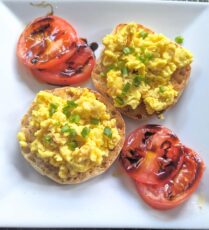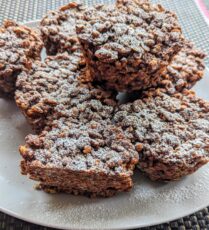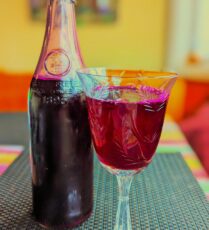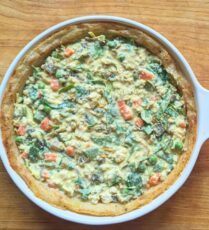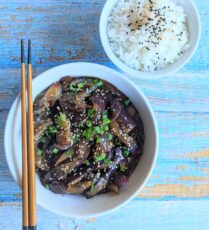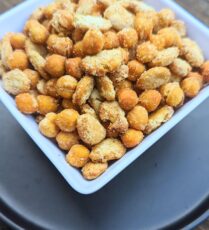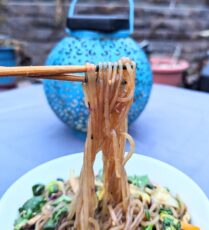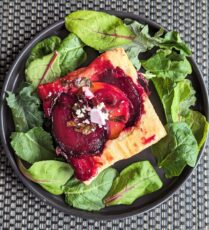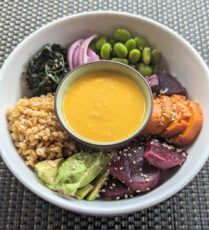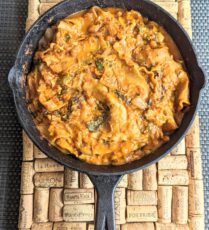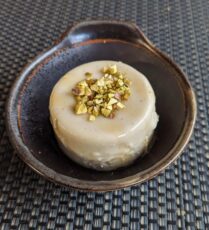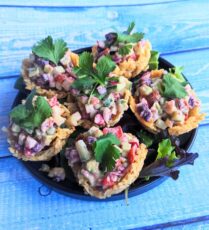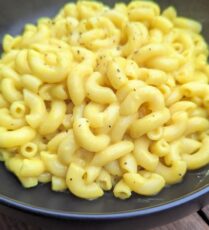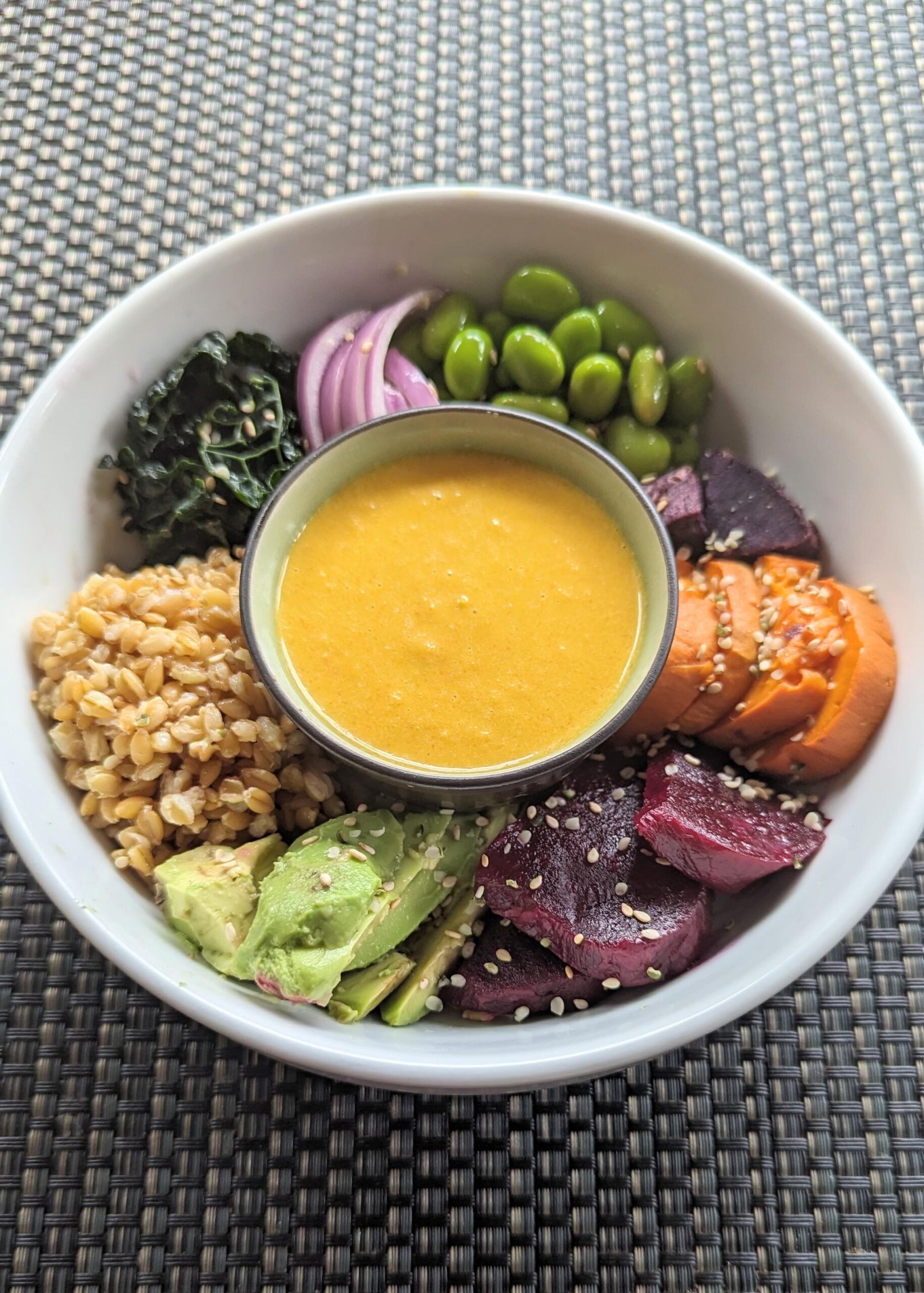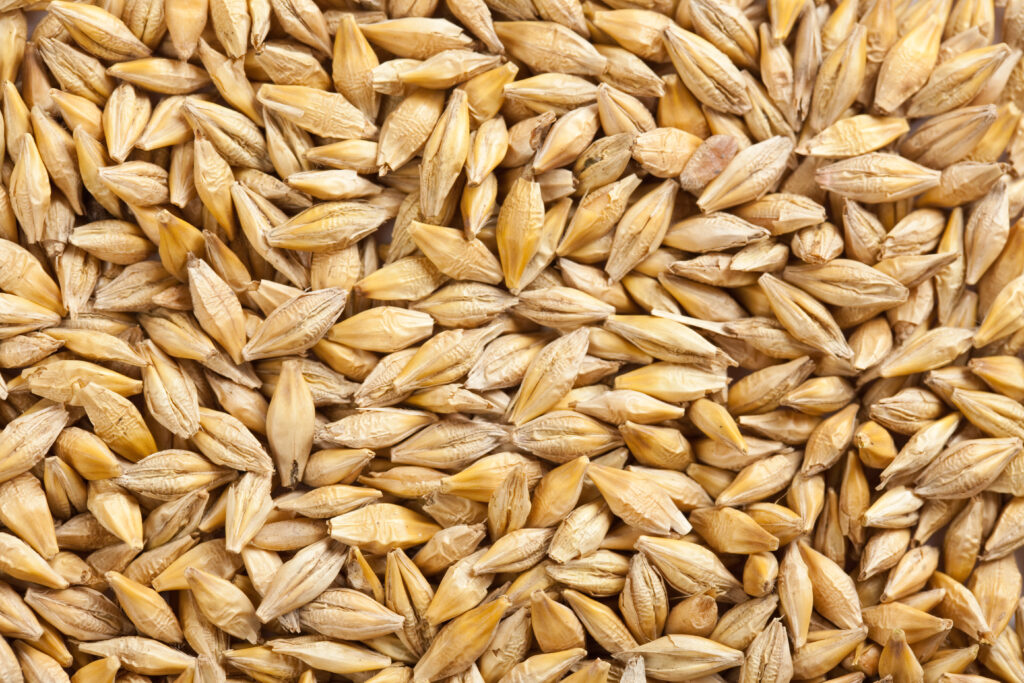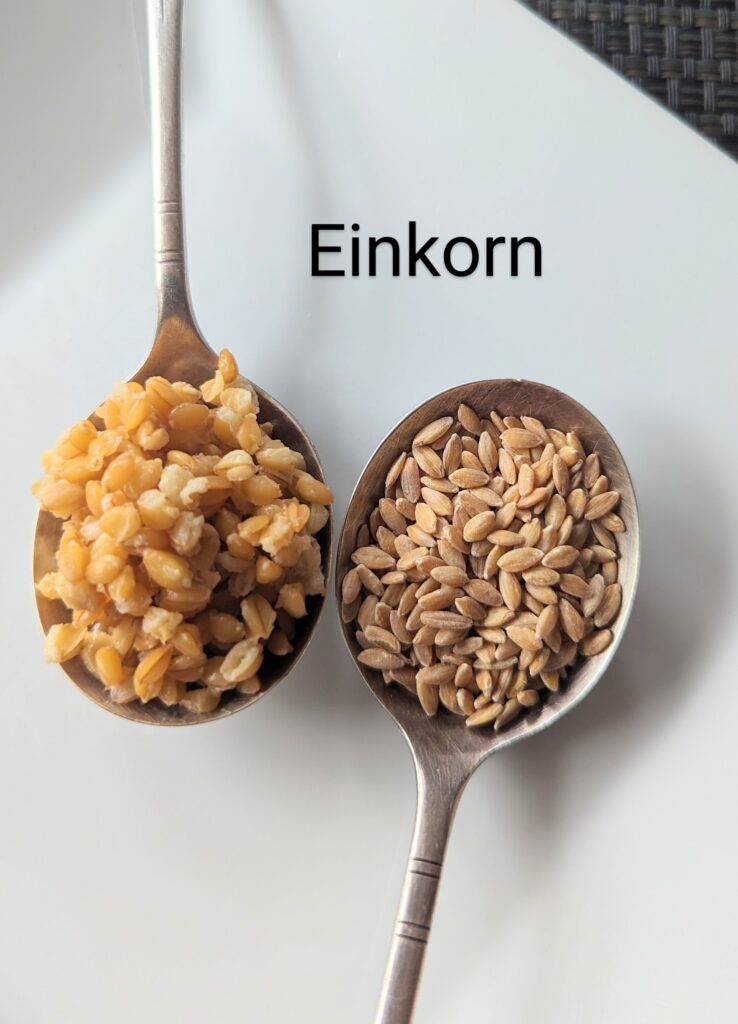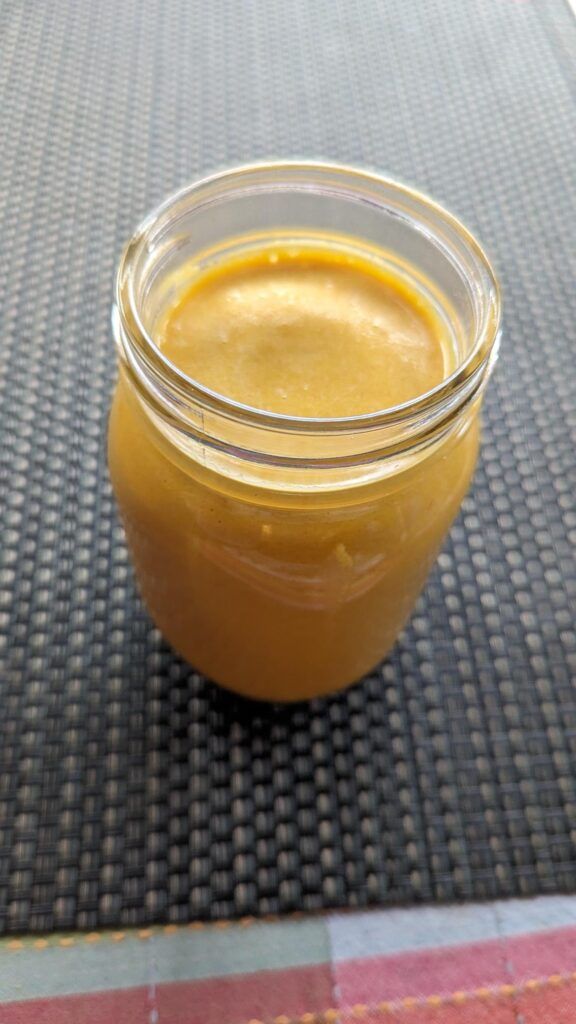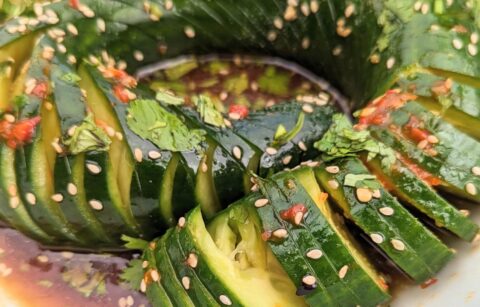While we all turn to soups and stews this time of year, this is also a great time for winter salads. You know, a nice bowl with a little grain, some roasted veggies, steamed greens, some proteins, some pickled onions. The possibilities are infinite really and you get to use whatever you have at home. The key is to use different types of grains.
Like Oprah, I love bread! Do you ever wonder how, as a specie, we ever discovered that little wheat berries could be turned into a loaf of bread? I do. Try biting into some dried berries! Not eatable! Birds love it, they have the stomach for it. We, on the other hand, have to either soak them, dry them, crush them and bake them! That’s a lot of work!
From Ancient to Modern wheat
Before the 1950’s, farmers every where grew what is called “heritage wheat”. This means that this pre-hybridized wheat had not been tempered with to increase yields and profits. With a growing demand to produce grain for the masses, new strains were created by cross-breeding two genetically different varieties. The result was shorter stalks ensuring less straw and more grain. With the introduction of pesticides and herbicides, pests, drought and blight were kept in check. Mechanical processes were also invented turning berries into abundant but barren white flour. It was all very efficient and practical, but unfortunately, this reduced wheat’s nutritional content (less protein, and fiber, more gluten) making it less digestible. This is especially the case for hard red wheat grown in the US that is higher in gluten than soft wheat grown in Europe. This explains why French people can eat croissant and baguette every day, stay thin and have no gluten allergies! While there seem to be an epidemic of Celiac disease in the US!
Heritage wheat types
There are about a dozen of them, but you can now find Kamut, Farro, and Einkorn berries in grocery stores now. How cool is that? This means that more people are asking for them, and more farmers are growing them. Sometimes I close my eyes and think about all the hands that have touched the produce that we buy. The farmer planting seeds, caring for them over months, harvesting, drying, grinding, then packaging, transporting and there it is on a shelf or in a bin! I thank them for their work and care. We are very blessed! This also means that now we can incorporate the goodness of these ancient grains in our diet, in breads, salads, stews, and soups. It is like you can almost turn the clock back!
Einkorn wheat
Einkorn wheat is most likely the oldest wheat on earth. It is smaller, and flatter than modern wheat but it has the most protein of any wheat. It has a lovely nutty flavor and just the right amount of chewiness.
I found a box of Einkorn berries at my local grocery store for $6. It contained about 3 cups of dried berries. I couldn’t resist, I had to buy it! You can always buy it on Amazon but it is nice to see that this ancient grain is finding its way in our grocery stores! One cup of dried berries makes 3 cups of cooked grain! You need 3 cups of water for every cup of dried Einkorn and it will take about 30 minutes to cook completely.
What if I can’t find any einkorn?
No problem, you can use barley, farro, kamut, or bulgur. Make sure to read the instructions on how to cook them as some are a little harder and will require extra time cooking. The beauty of alternating different heritage grains is that you get different textures and a full spectrum of minerals and nutrients.
I like to cook the Einkorn the day before so that it is ready the next day to use in the salad.
Once the butternut squash or sweet potatoes are roasted, the onions are pickled, all you need to do is make this amazing ginger dressing.
Not only does it have the most vibrant color (from the carrot) but it tastes so good! The recipe makes 2 cups of dressing but don’t worry, you will be using it in no time! Refrigerate in a glass jar and shake before using. It will keep 4-5 days.
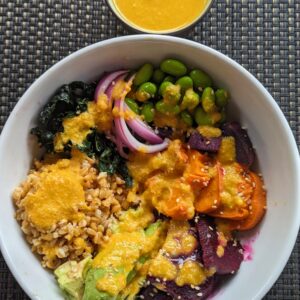
Einkorn Winter Salad with Japanese Ginger Dressing
Equipment
- Baking sheet
Ingredients
- 1 cup Einkorn wheat
- 3 cups water with 1 tbsp of vegetable broth
- 1 small butternut squash
- 1 small beets
- 2 cups beans (edadame, white, black)
- 1 avocado
- 3 cups beet tops or leafy greens
- 1 small red onion
- 3 tbsp rice vinegar
- 3 tbsp water
- 1 tsp cane sugar
- 1 tsp sea salt
- White or black sesame or hemp seeds
Ginger dressing
- 1 large carrot (or 2 small ones) peeled
- 1 medium yellow onion
- 1 large piece of fresh ginger peeled
- 1/2 cup rice vinegar
- 1/2 cup olive or avocado oil
- 2 tbsp soy sauce
- 1 tbsp cane sugar
Instructions
Cook the Einkorn
- Bring 3 cups of water with a tablespoon of vegetable broth paste or powder.
- Add 1 cup of einkorn, stir, cover and simmer for 30 minutes. Turn off the heat and let it sit for a few minutes.
- Taste to make sure it is cooked. Drain and set aside to cool down.
Roast the root vegetables
- Turn the oven on 400F.
- Peel the butternut squash, remove top and bottom and make thick slices. Same for the sweet potato if you are using one.
- Cut the beetroot tops, peel the beets and cut into cubes.
- Spray a little oil, salt and pepper. Place on a lined baking sheet making sure that the pieces don't overlap.
- Bake for 40 minutes.
Make the ginger dressing
- In a blender, put 1 large peeled carrot, 1 large piece of peeled ginger, 1 medium onion, 1/2 cup of rice vinegar, 1/2 cup of water, 2 tbsp of say sauce, 1 tbsp cane sugar or maple syrup.
- Blend until smooth. Pour into a glass jar.
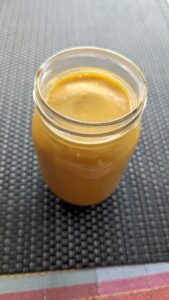
Prepare the toppings
- Julienne the leafy greens and pan fry for a minute with a dash of salt. Set aside.
- Pickle the red onions for a few minutes.
- Slice the avocado.
Putting it together
- Place a nice serving of cooked einkorn in a wide bowl, next add the leafy greens, butternut squash or sweet potato, edadame beans, beets, avocado slices, pickled onions
- Pour some of the Japanese ginger dressing and sprinkle some sesame or hemp seeds for added proteins.
